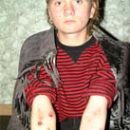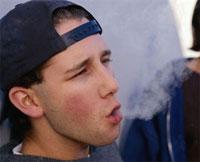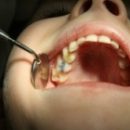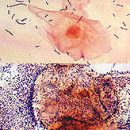What is an abstineent syndrome? What are the signs of syndrome when drug use and alcohol? Answers you will find in the article.
Content
What is an abstineent syndrome
 Abstineent syndrome - one of the main signs of chronic alcoholism and drug addiction. Characterized by a number of somatic and psychological disorders (trembling, sweating, rapid heartbeat, sleep disorder, etc.) arising from a sharp cessation of alcohol (narcotic substances) or reduce their doses.
Abstineent syndrome - one of the main signs of chronic alcoholism and drug addiction. Characterized by a number of somatic and psychological disorders (trembling, sweating, rapid heartbeat, sleep disorder, etc.) arising from a sharp cessation of alcohol (narcotic substances) or reduce their doses.
Abstineent syndrome in alcoholics It usually begins 7-10 hours after stopping alcohol and lasts from several hours to several days. Acceptance of alcoholic beverages will be bought by abstineent disorders. At the initial stages of their development, abstinence occurs only after large doses of alcoholic beverages, in the future - regardless of the amount of alcohol adopted.
Abstineent syndrome from drug addicts develops with the termination of the introduction of a narcotic substance in a day and more. The big dose was injected by a narcotic substance, the hardest by the abstineent syndrome.
The beginning and course of the abstinence syndrome is limited in time and is associated with a type of substance and a dose adopted immediately before termination or reduction of consumption. As a rule, signs of abstineent syndrome are opposite to signs of acute intoxication.
Signs of abstineent syndrome
Light symptoms. Appear from several hours to 10 days (usually 6-48 hours) after the cessation of alcohol; when resuming alcohol use, they often disappear.
Heavy symptoms. The deadlines for the appearance - after 48-96 hours after the cessation of alcohol use. Sometimes alcoholic withdrawal syndrome is called only the hardest shape - alcoholic delirium, or white hot. However, alcohol abstineen syndrome is very diverse.
Promotional symptoms (forerunners) may be barely noticeable (easy irritability and negativity). Sometimes there are only tremors and auditory hallucinations, and the expanded alcoholic delirium does not occur. Often, the alcohol abstineen syndrome begins with a large epileptic segment (in these cases, other reasons are excluded. Slow-brain injury, infections (in particular meningitis).









